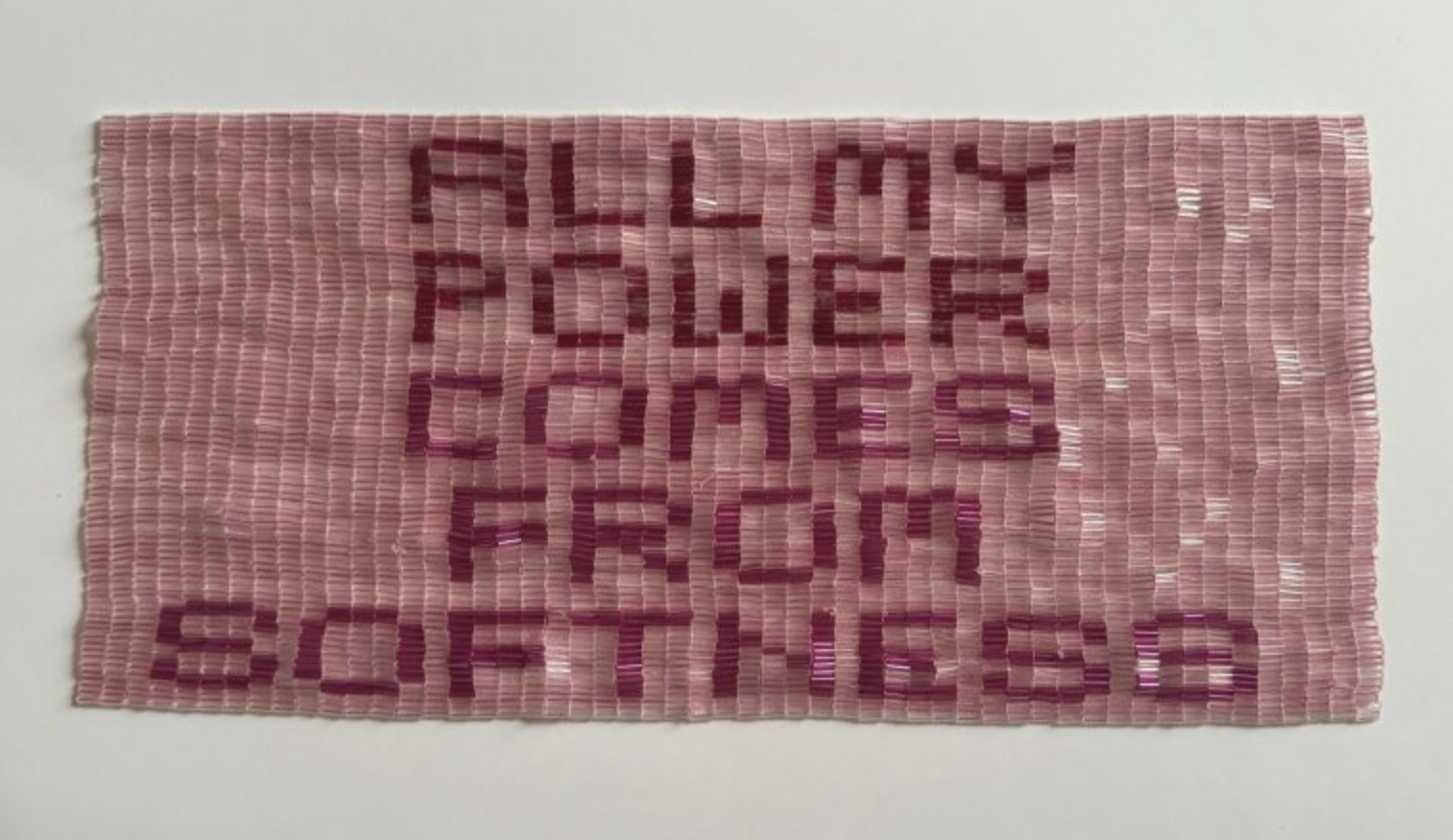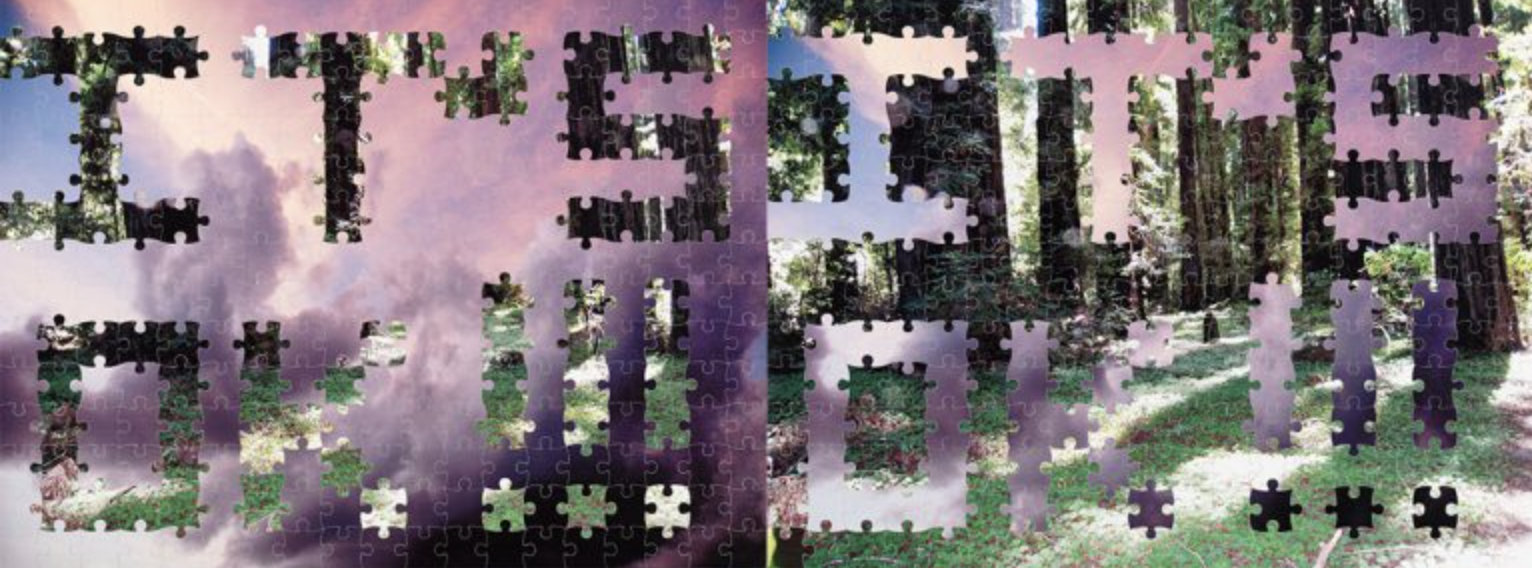Figures or Bust at the Louisiana Contemporary Exhibition
By Emily Alesandrini
November 10, 2025
Joelle Nagy, Twin Vigil, 2025, Oil on canvas, 48 x 48 inches. Image courtesy of the Ogden Museum of Southern Art.
I look forward to the Ogden Museum of Southern Art’s annual Louisiana Contemporary exhibition every summer. This year, the project spotlights a roster of fifty artists selected from over 1400 submissions from makers throughout Louisiana. The exhibition also serves as a competition of sorts, with Helis Foundation-funded cash prizes for first through third place and a top award of “best in show.” Often, the tier of winners does not include many of my favorite works, and this year was no different.
For 2025, the thirteenth iteration of the juried exhibition, the top three awards all went to figurative painters in a selection process that feels both conservative and limiting in scope. And still, first place winner Joelle Nagy’s painting Twin Vigil (2025) is an absolute triumph. The piece depicts a sitting nude woman rendered in red pigment with a large pink dog wrapping itself around the subject’s shoulders. Painstakingly lush and detailed texture in the dog’s fur echoes the carefully articulated pubic hair of the woman. The painting disrupts a long history of nude female subjects in oil on canvas through its unapologetic fuchsia and crimson color palette and assertive, compelling subjects. This isn’t an idealized and demure female form concocted for the male gaze but rather an unadorned duo to be reckoned with and feared by potentially threatening forces. These two are keeping watch.
Karen Ocker, A Bright Day Ahead, 2025, Oil painting on board, framed with reclaimed wood and cast-iron sewing machine parts, 30.25 x 22 x 3 inches. The portrait features twentieth-century gospel icon Mahalia Jackson, who goes unnamed in the work’s title and accompanying wall label. Image courtesy of the Ogden Museum of Southern Art.
Less decidedly triumphant is the work of “best in show” winner Karen Ocker. The artist makes very skillful figurative paintings in oil on wood embedded within mixed media armatures of reclaimed cast iron, repurposed wood, and musical instrument parts. The admittedly stunning works recall the practices of prominent Black artists Barkley Hendricks and Whitfield Lovell or medieval Christian representations of saints and gilded reliquary boxes. Notably, most of Ocker’s subjects are Black musicians, Black vocalists, or Black Mardi Gras participants, and Ocker herself is white. What’s more, most of these subjects are unnamed. Instead, the figures bear Ocker’s name, her signature almost always applied on top of their painted bodies. The artist financially profits from these representations. Despite the representation of the Black figure, I can’t help but feel that the work traffics in a kind of erasure.
Emery Tillman, Softness is Power, 2025, Vintage dead stock bugle beads, thread, 8 x 14 inches. Image courtesy of the Ogden Museum of Southern Art.
Katie Singleton, God Willing and the Creek Don’t Rise, 2025, Hand embroidery on tarp, 55 x 42.5 inches. Image courtesy of the Ogden Museum of Southern Art.
There are several other artworks in the show that arguably merit prizes or honorable mentions. Emery Tillman’s unassuming, 8 x 14 inch piece, Softness is Power (2025), is made with vintage bugle beads and reads “All my power comes from softness” in various shades of pink. The reclaimed beads reveal a kind of feminist inheritance via ware, some of the paint chipping, a loose thread here and there, all rendered in a grid that refuses strictly straight lines or to lie perfectly flat. In our current geo-political moment of increased militarism and policing, this praise of softness reads like a brief manual for a more tender way forward. Katie Singleton’s tapestry-like piece, God Willing and the Creek Don’t Rise (2025), utilizes a bright blue tarp, the kind used for hurricane preparedness or after the loss of roof shingles following a storm. In a gallery space, I’m struck by the color, a brilliant lapis lazuli blue with a mesmerizing sheen, something I’d taken for granted before seeing the object in a museum setting. Singleton’s hand embroidery on the tarp outlines the shape of a plastic patio chair in a pillowy dimensionality reminiscent of a quilt. The work honors the simultaneous precarity and comfort of a domestic space, one increasingly threatened by the worsening consequences of climate change. With a similar theme, Frahn Koerner’s work, It’s OK!!! (2025) features a diptych landscape of West Coast redwood forest and purple sky above Lake Pontchartrain patchworked together in a disorienting view via photographs on puzzle pieces. The message’s use of exclusively capital letters and a total of six exclamation points feels too insistent to ring true, and instead reads, as the label describes, like “a forced reassurance in the face of collapse.” Amid wild fires and rising waters, can we reassemble the puzzle to make a better picture? Can we wield additional power through our softness?
Juried selections, prizes, and art criticism are all subjective enterprises, and art world trends, such as our current inundation with figurative work, continue to shift. I love exhibitions like the Louisiana Contemporary because of its capacity to spotlight so many regional, emerging artists within a single museum visit. With their work, for today, I’ll be OK.
Frahn Koerner, It’s OK!!!, 2025, Puzzle pieces from photographs, 18 x 24 inches each. Image courtesy of the Ogden Museum of Southern Art.
See the Louisiana Contemporary exhibition at the Ogden Museum of Southern Art through January 4, 2026. 25 Camp St, New Orleans, LA 70130.





